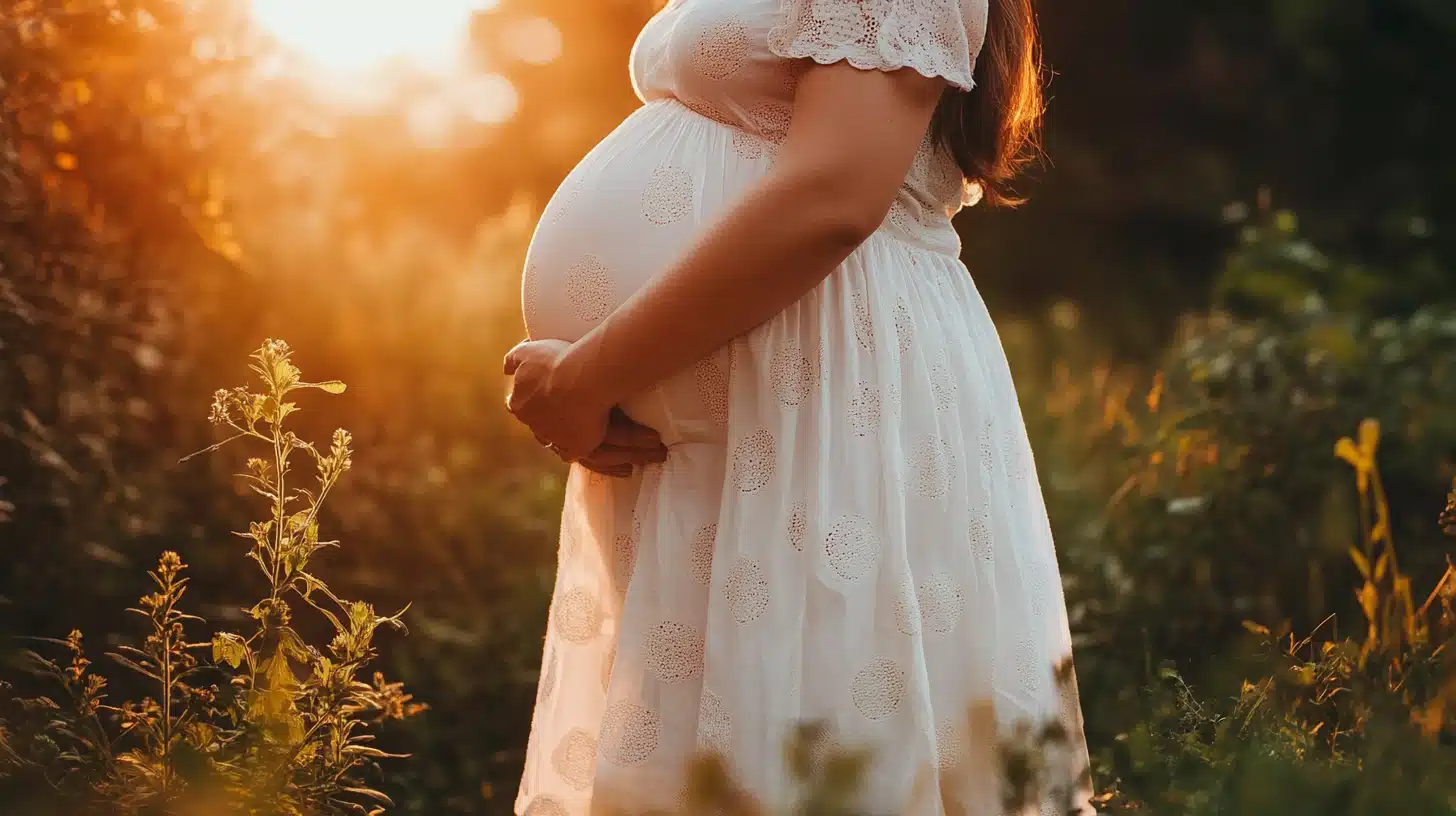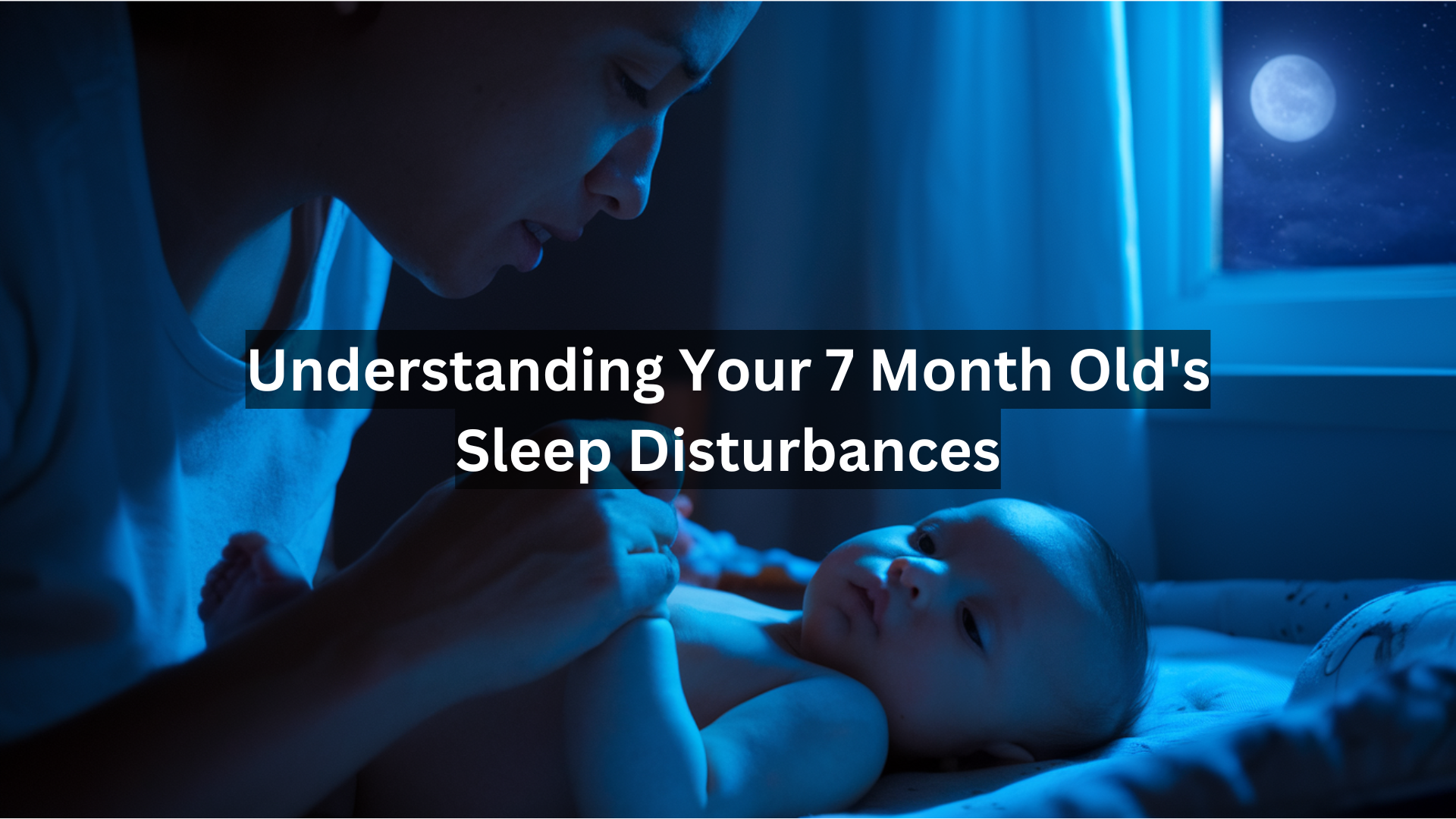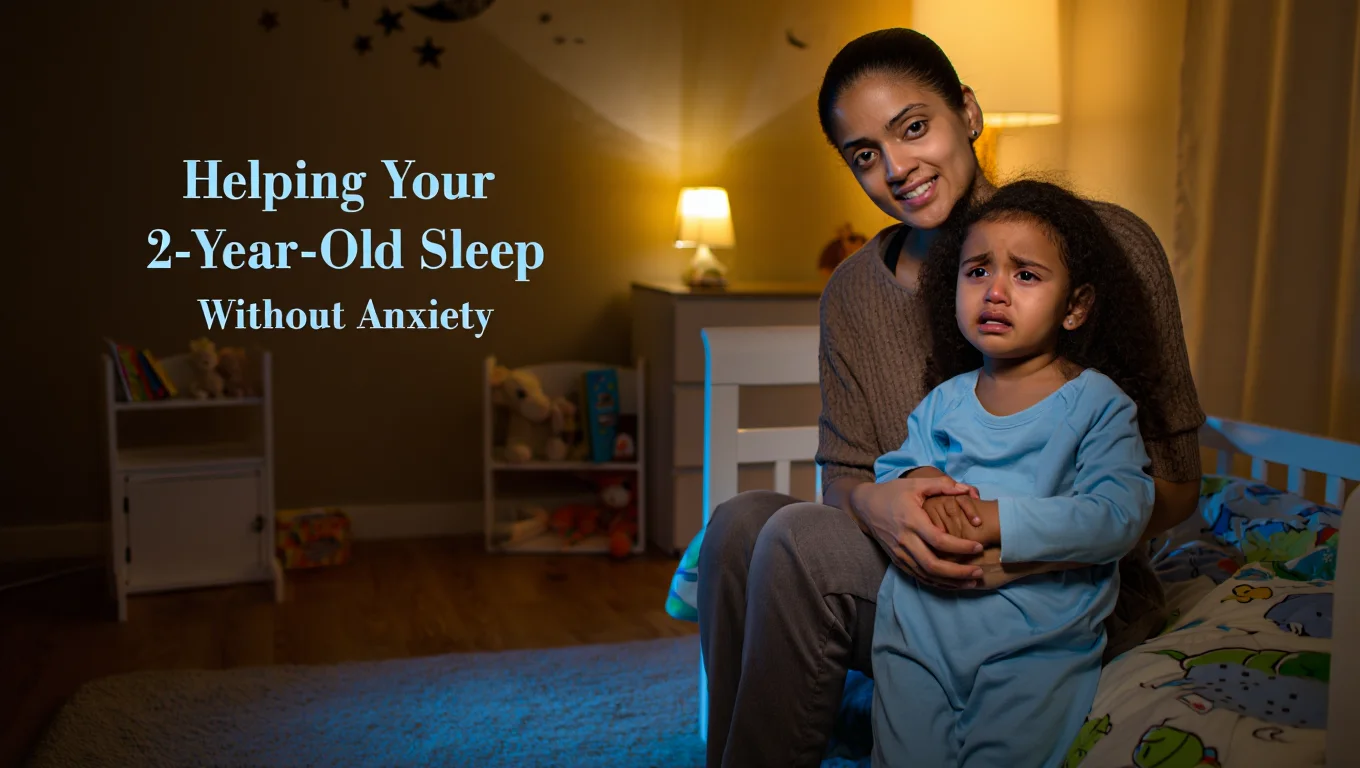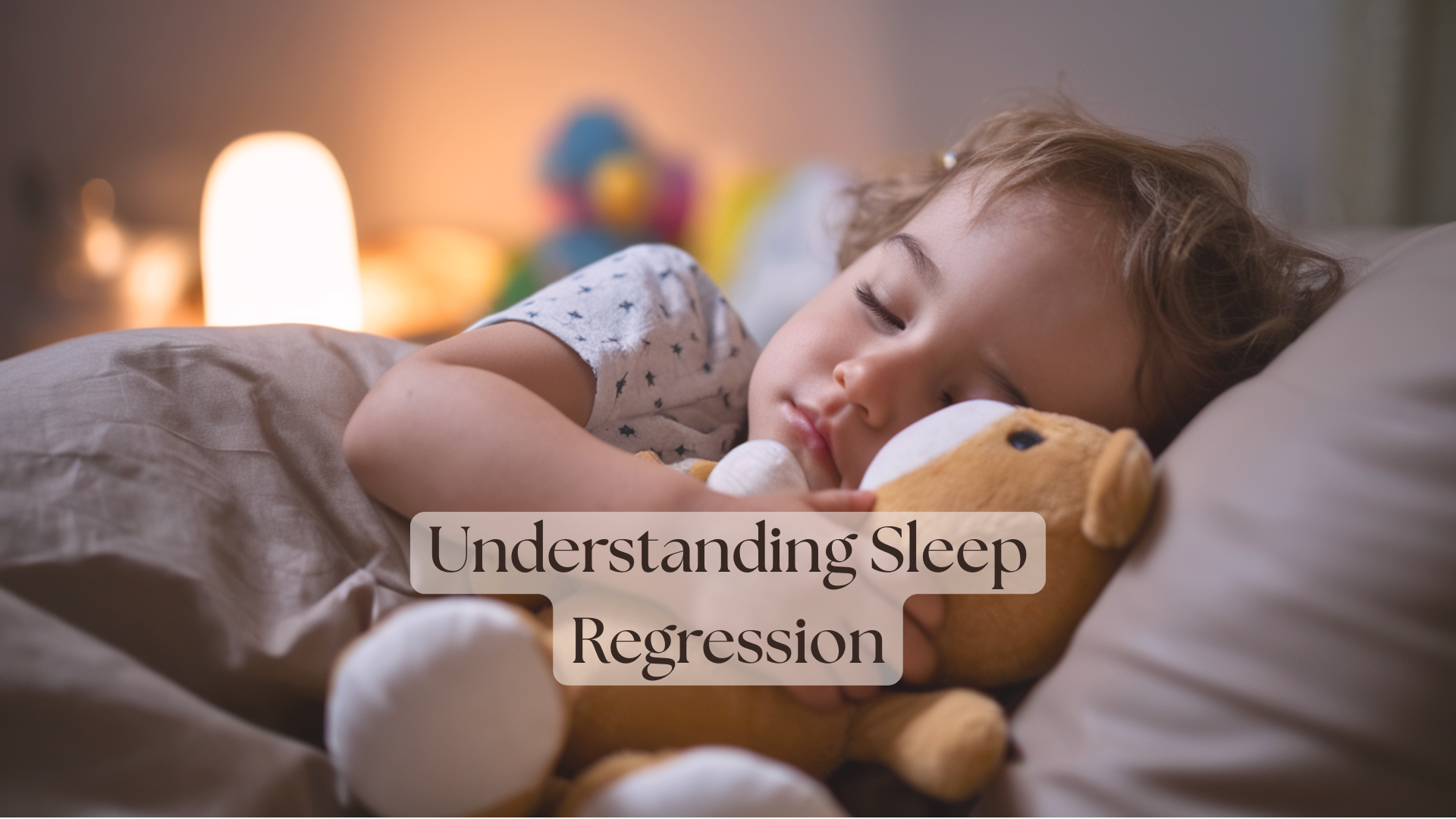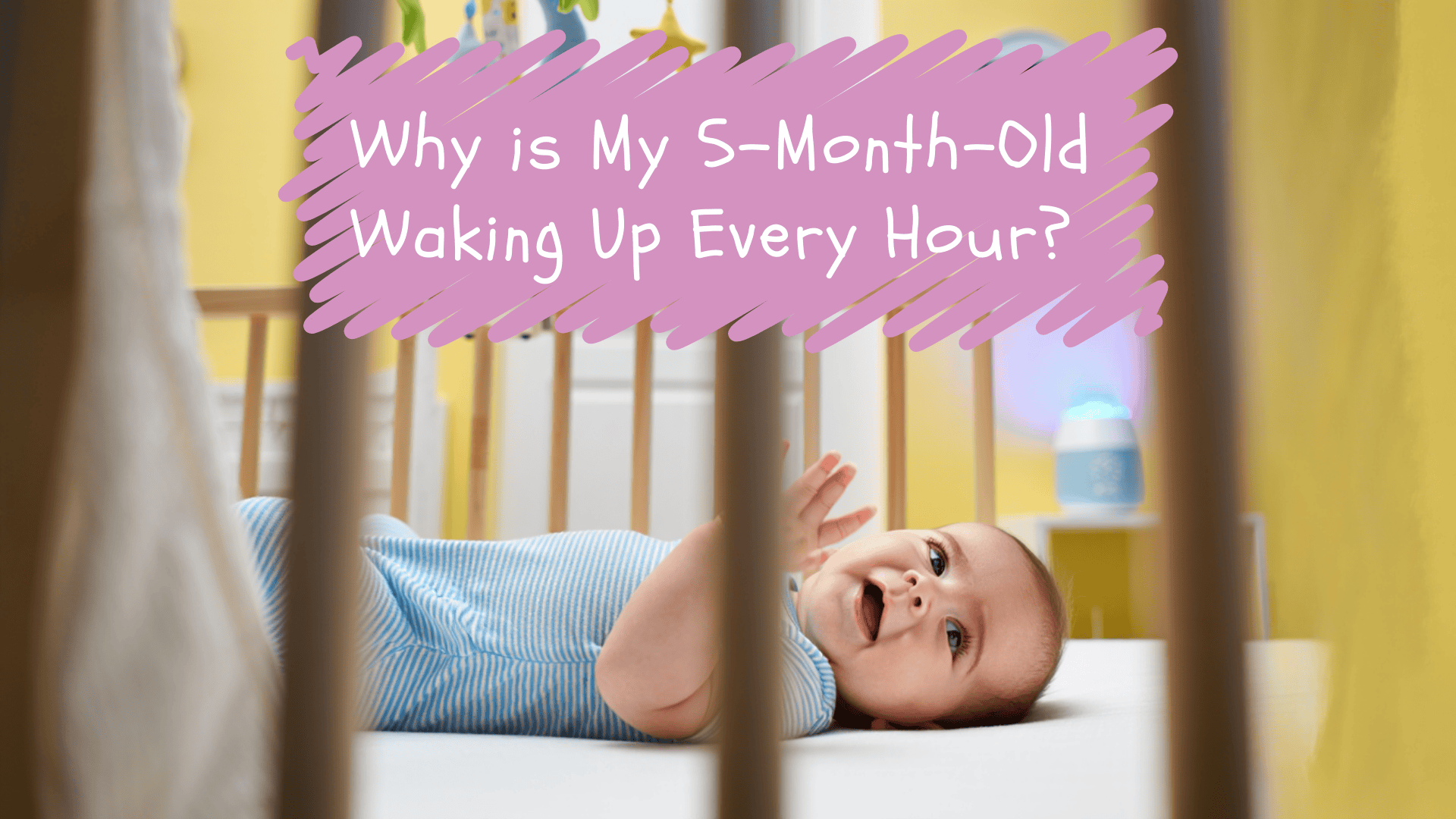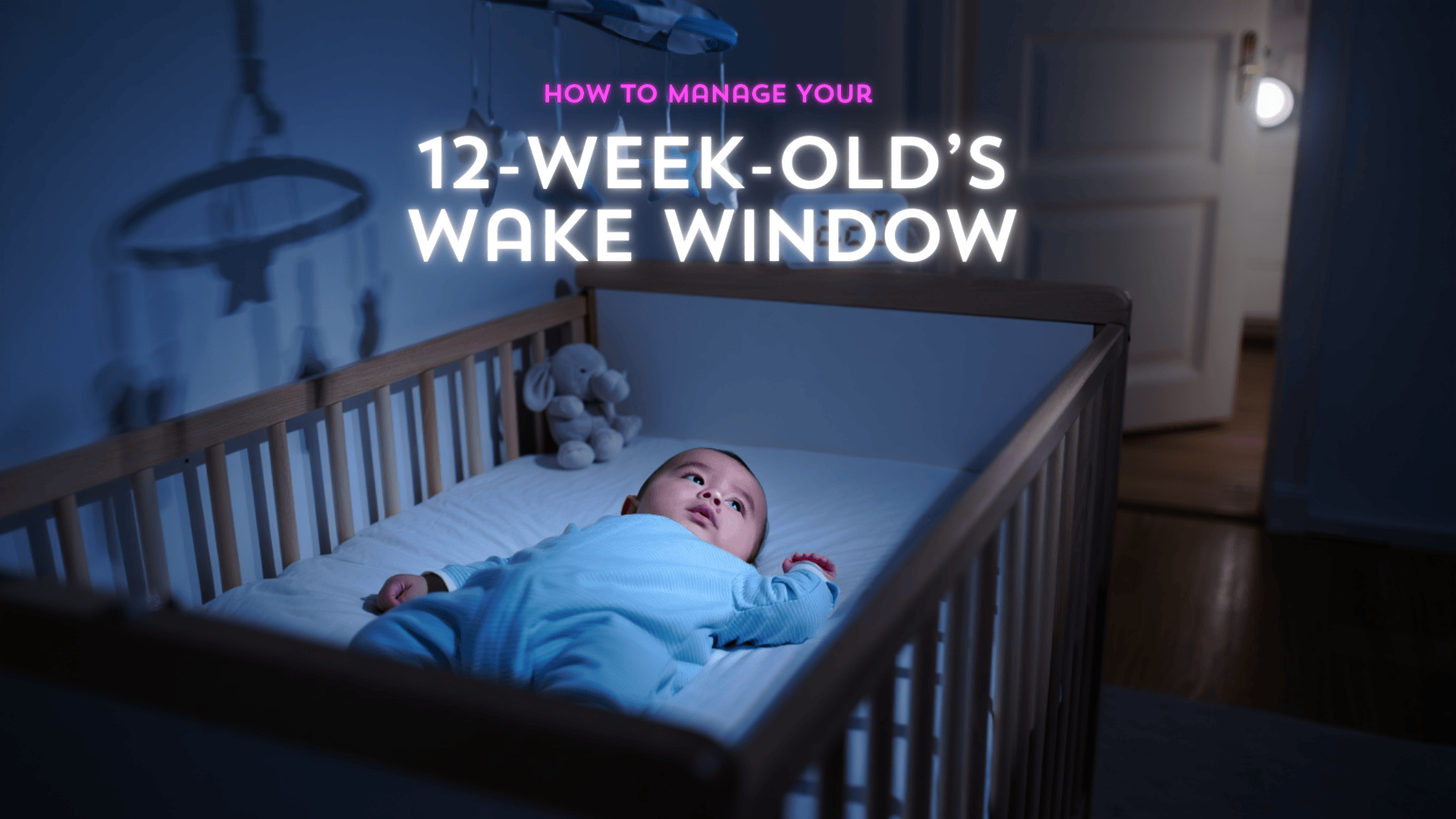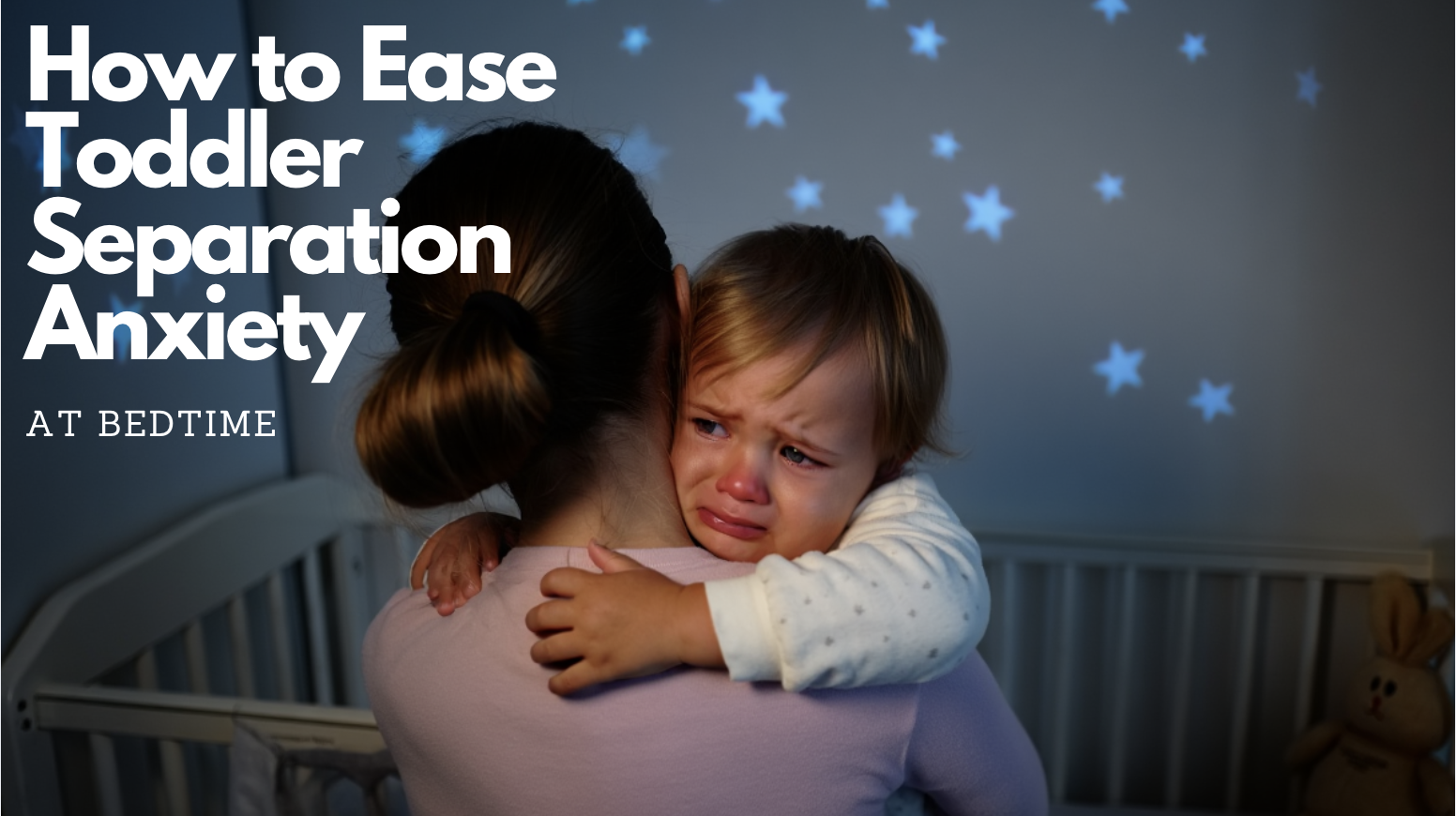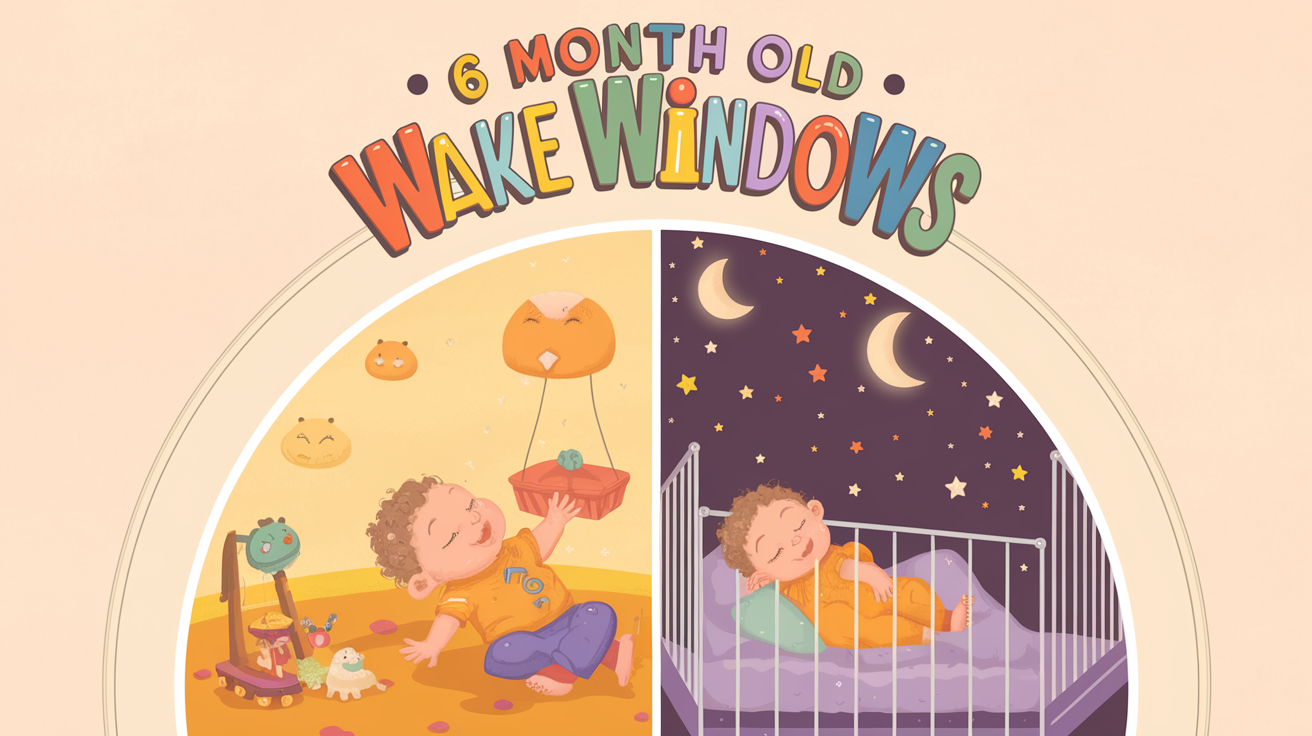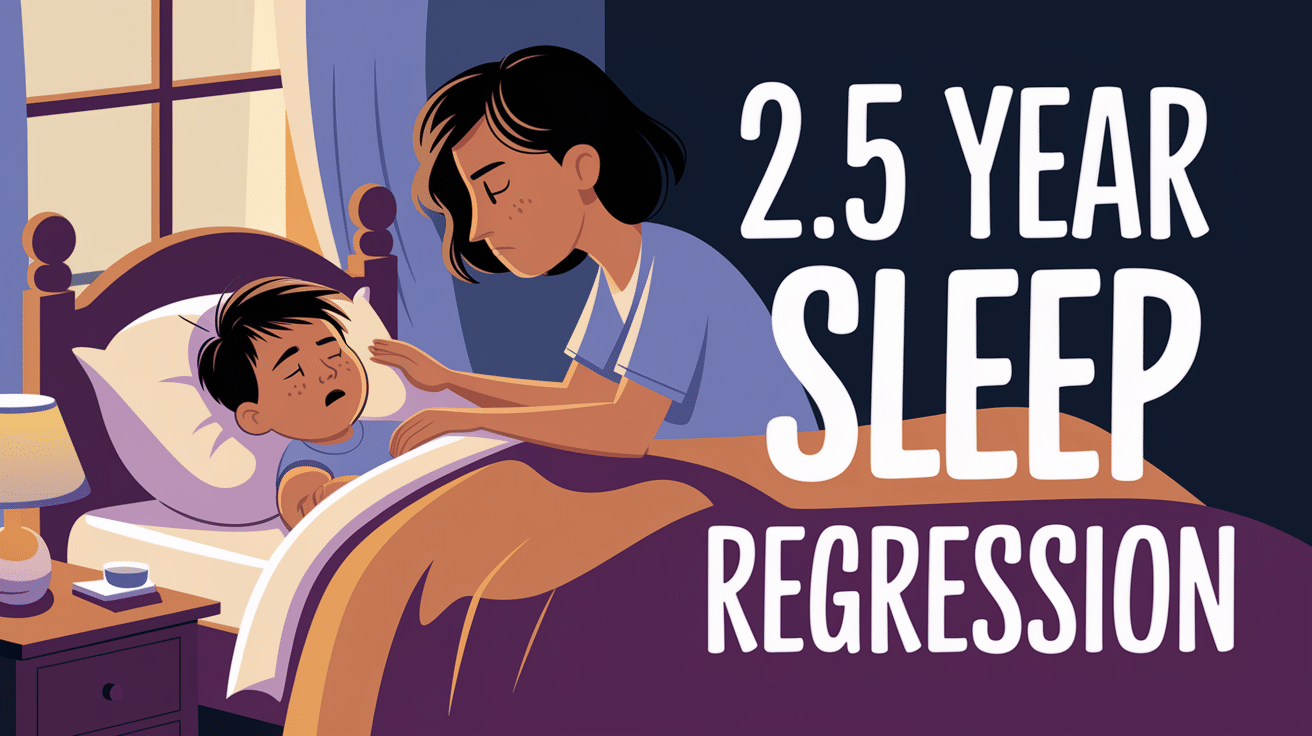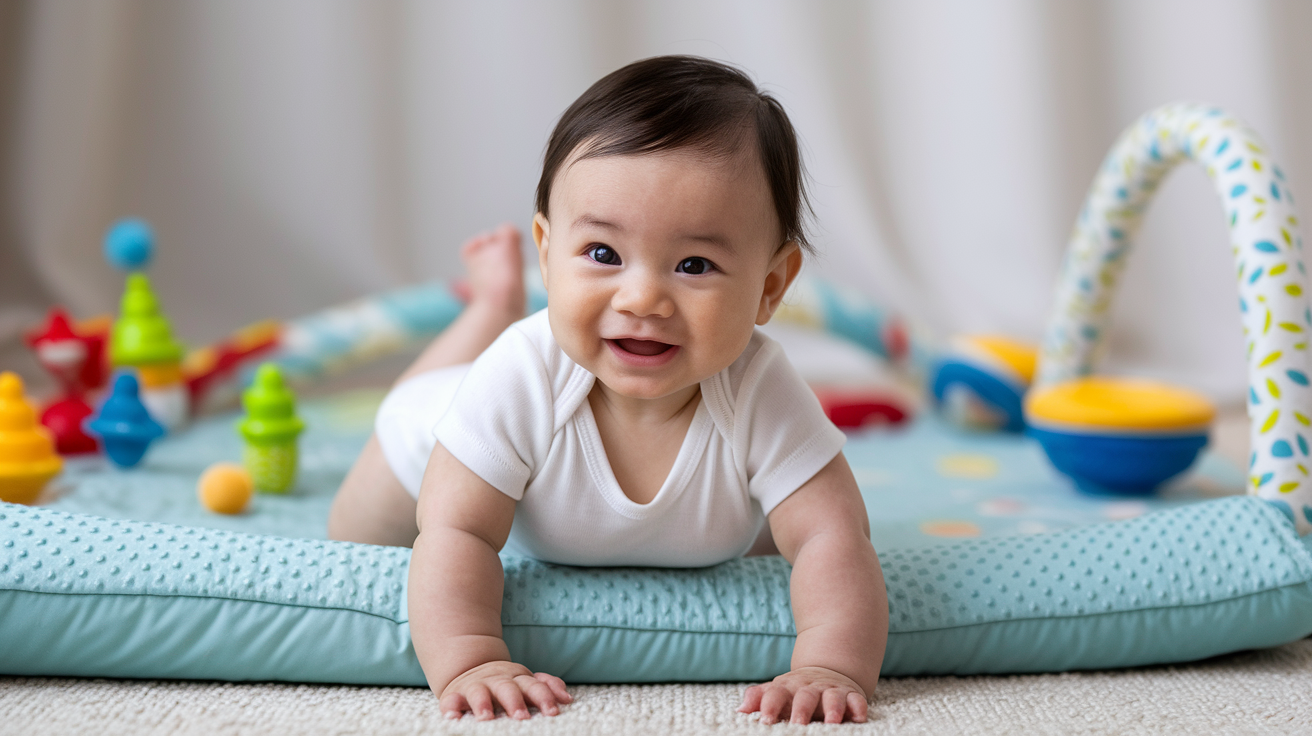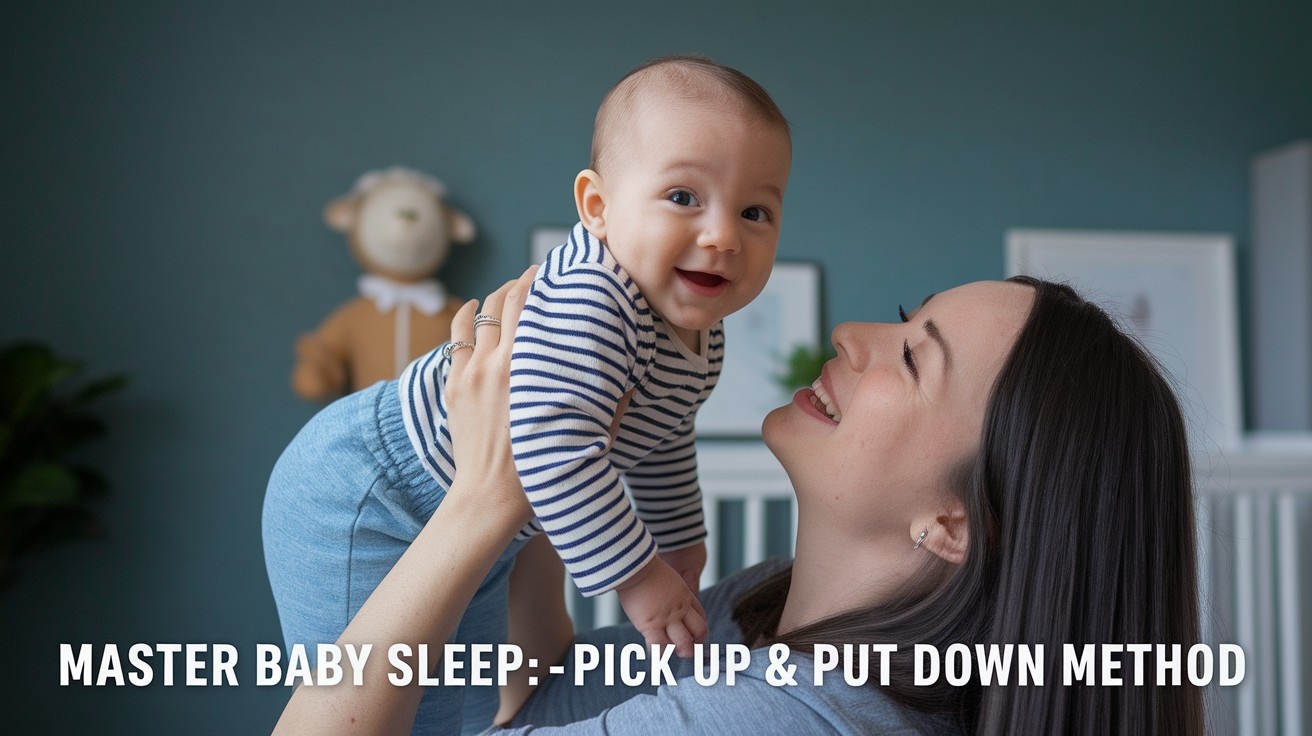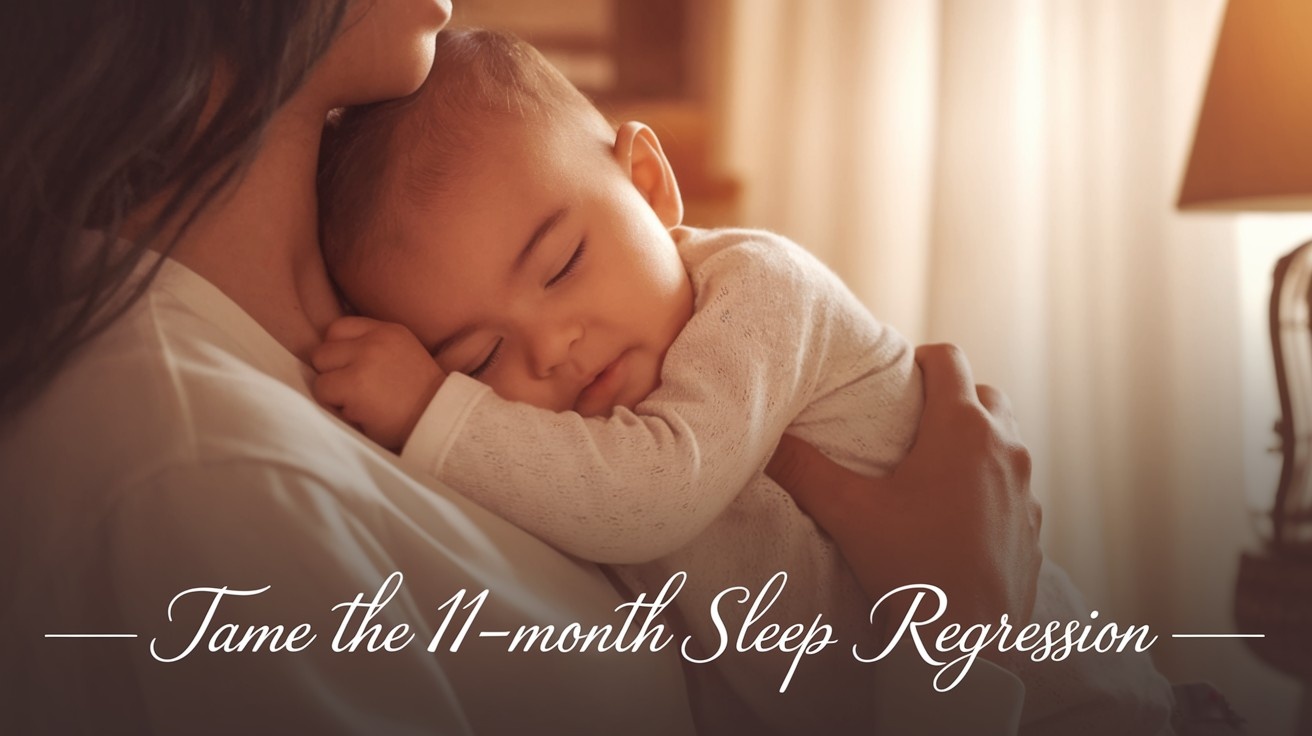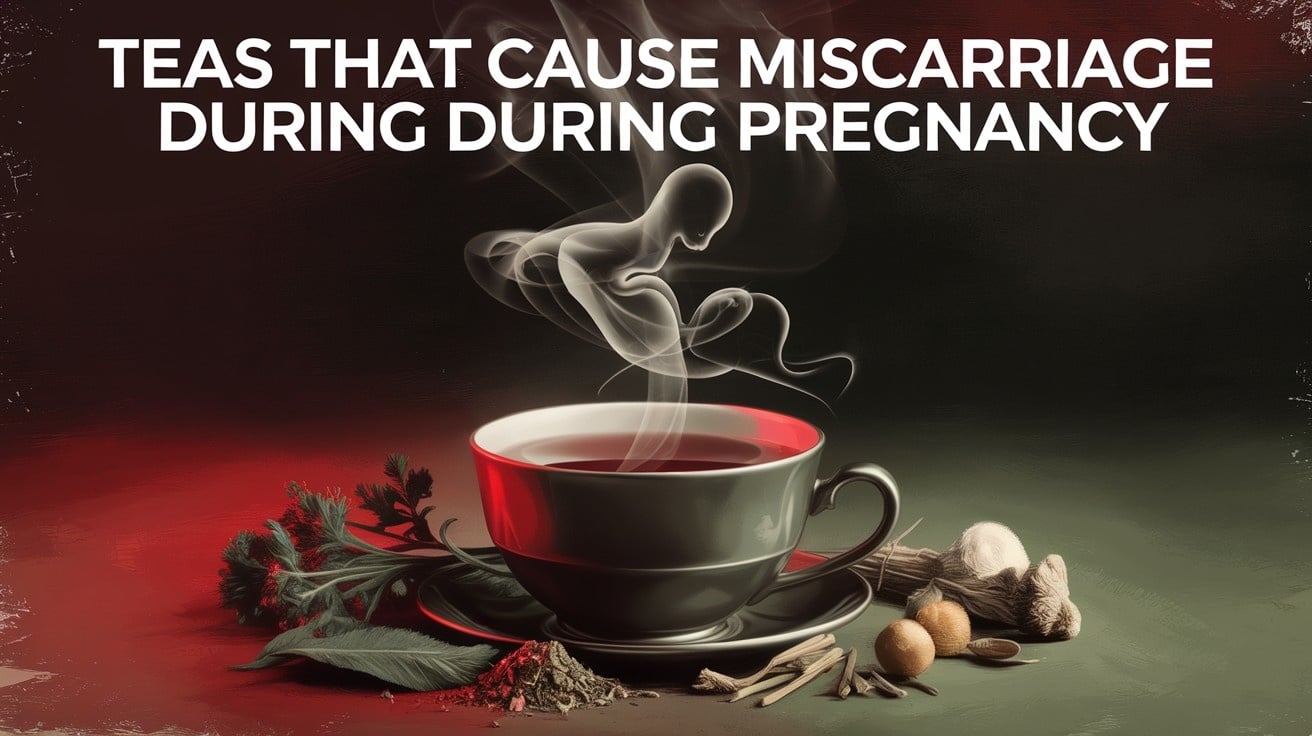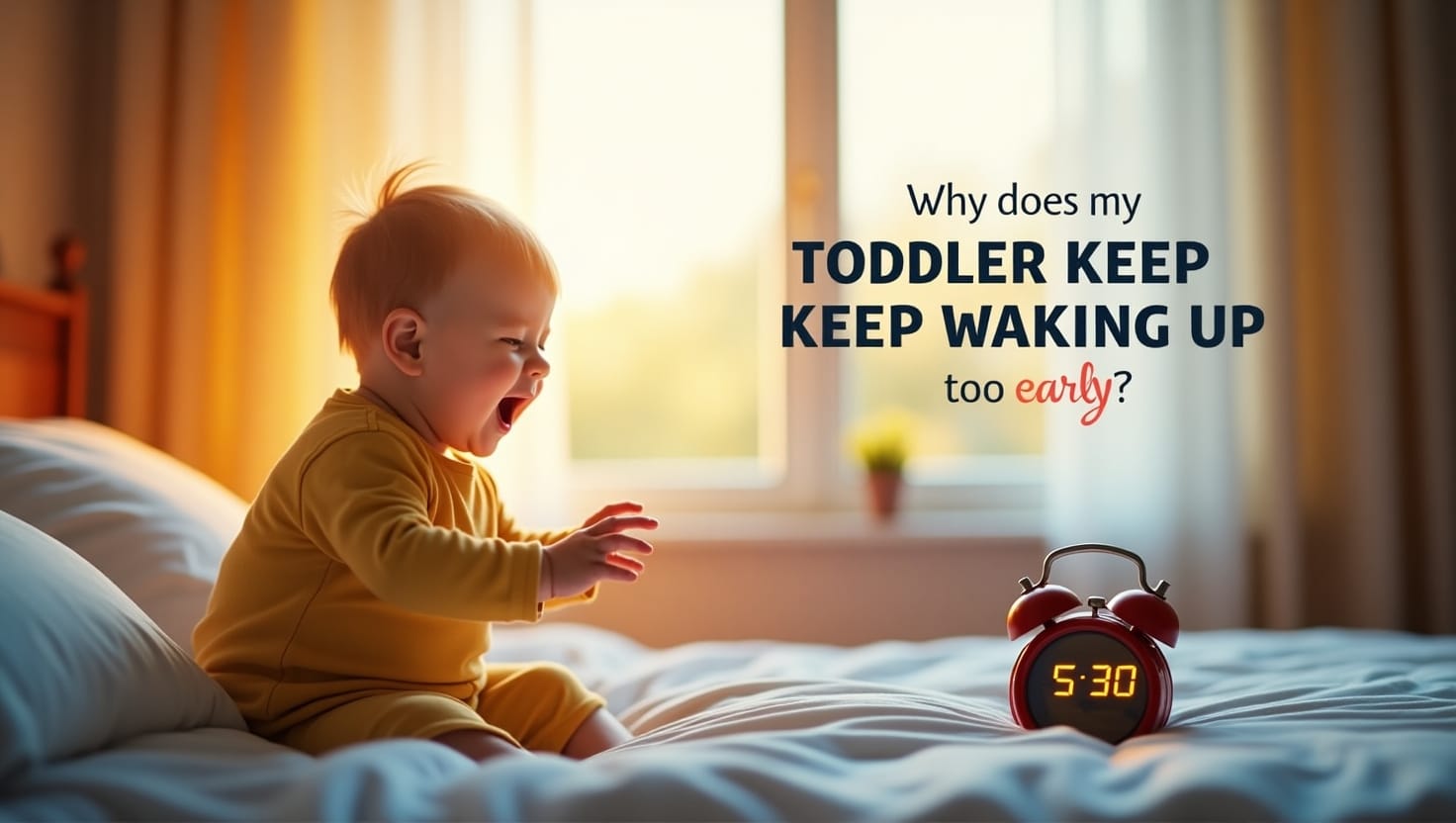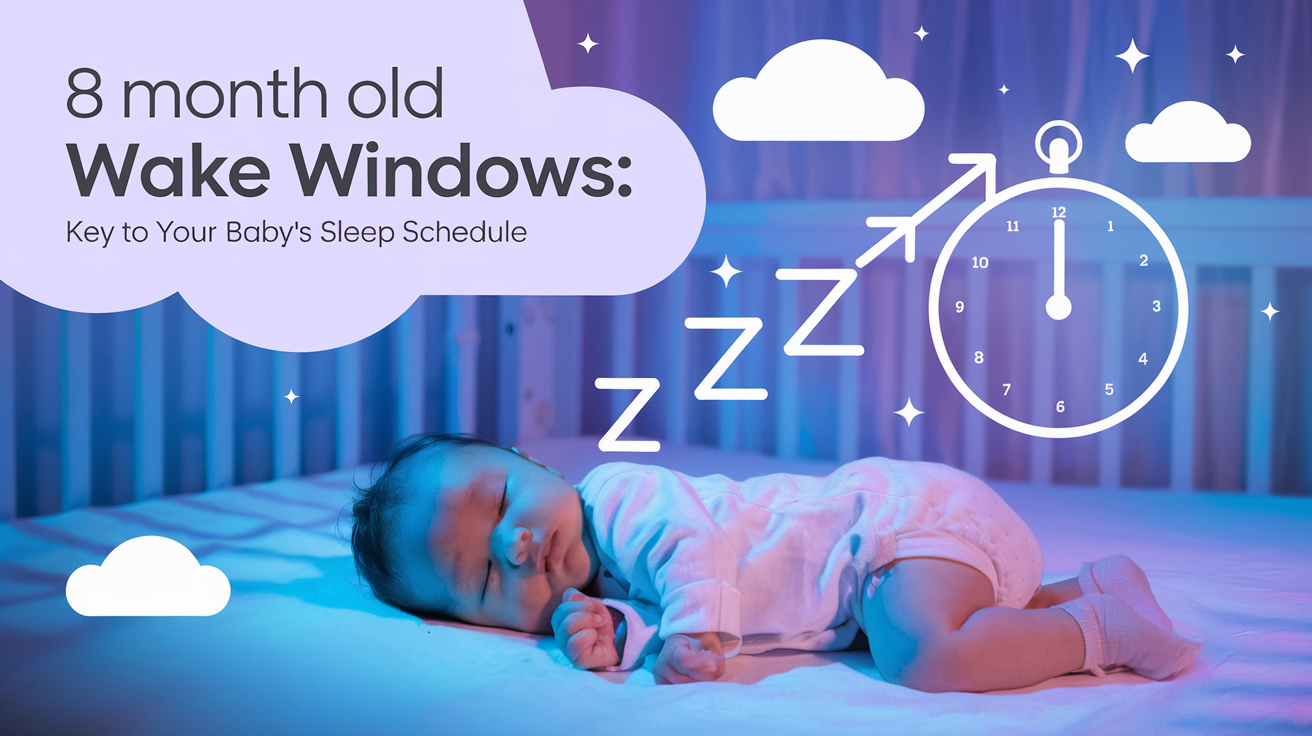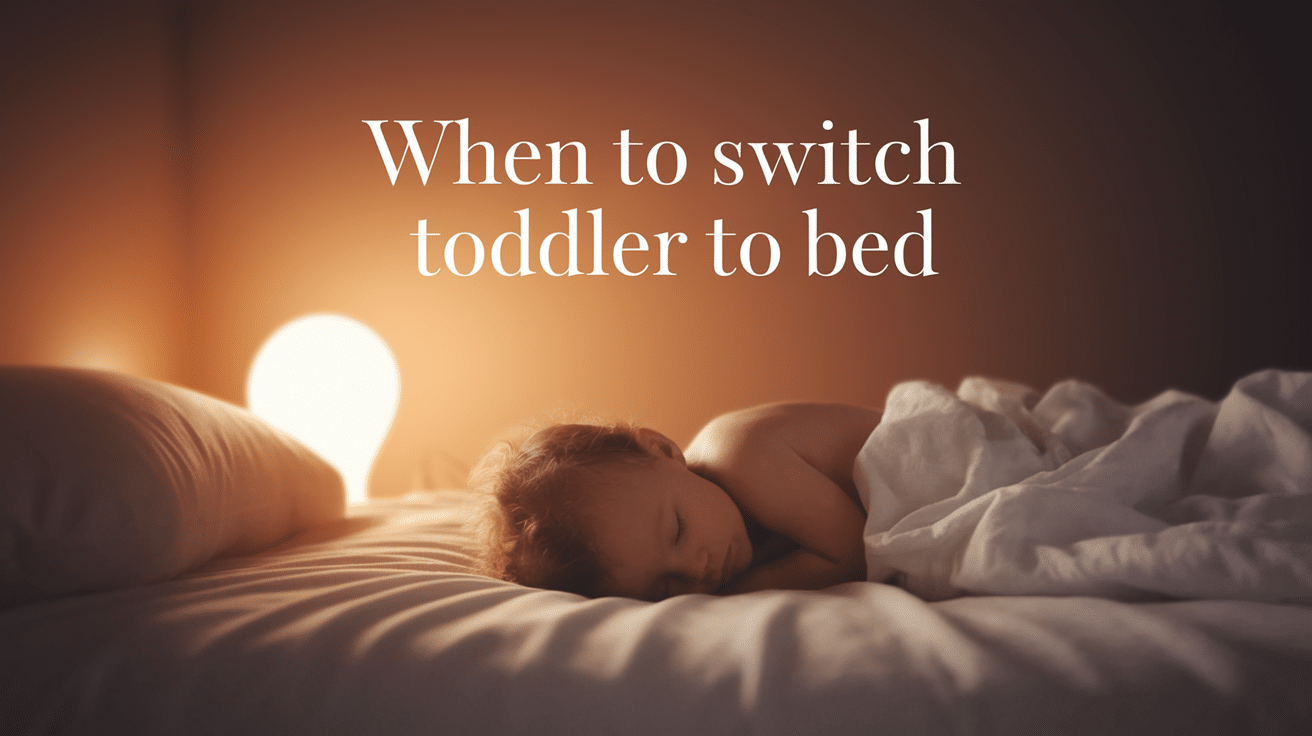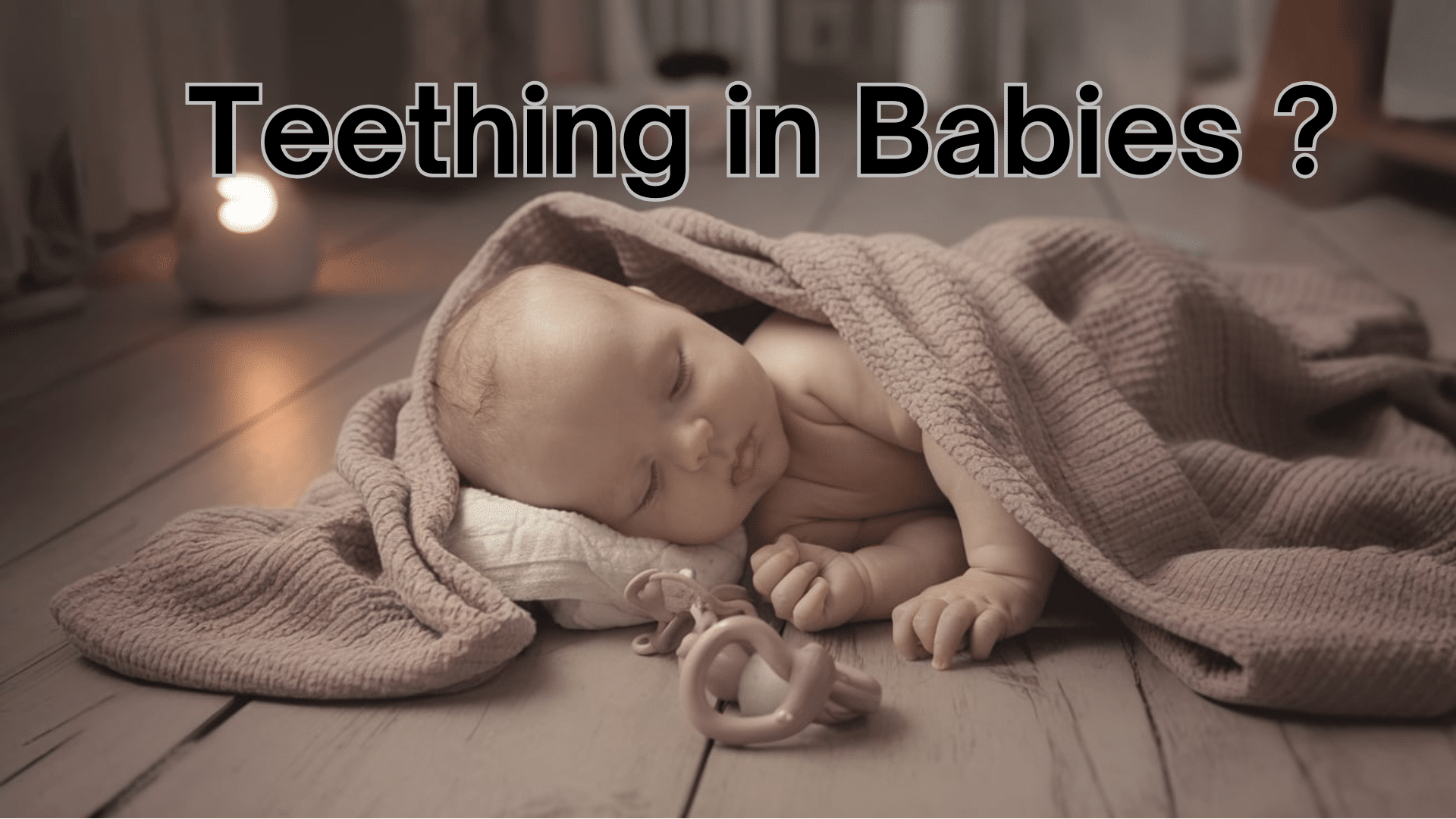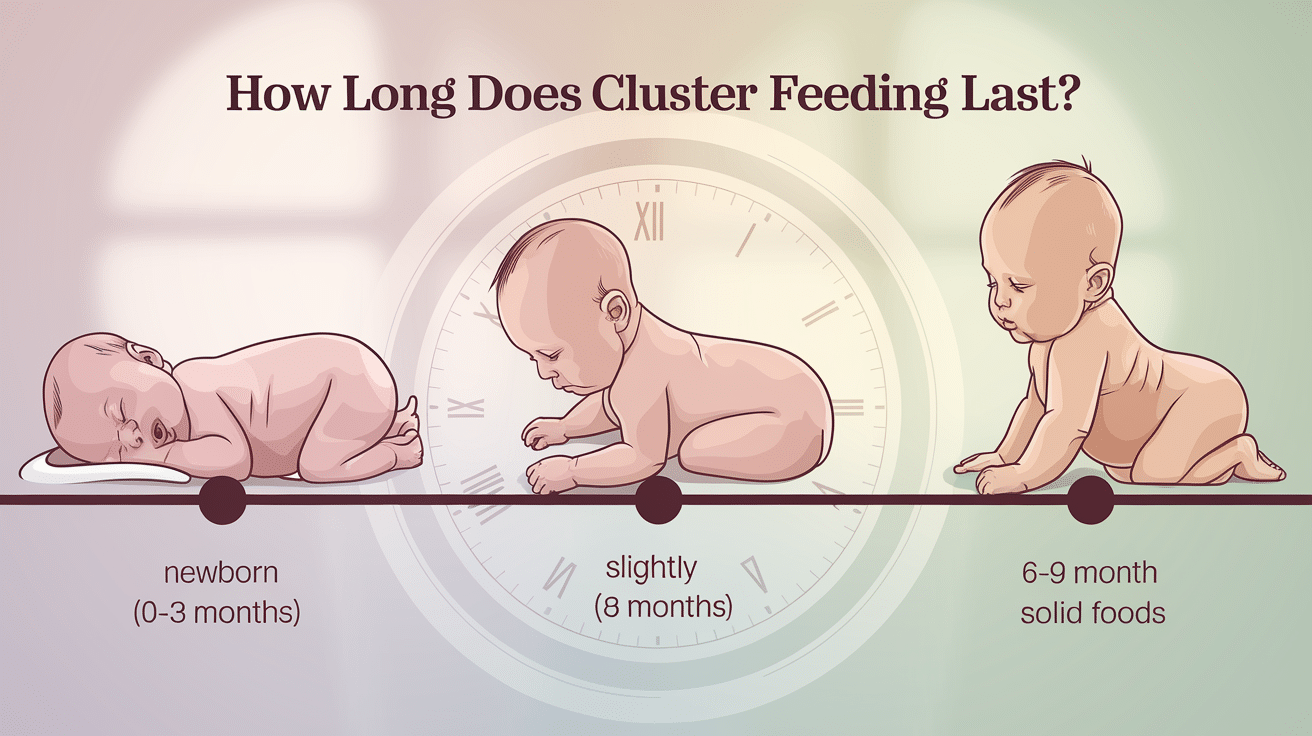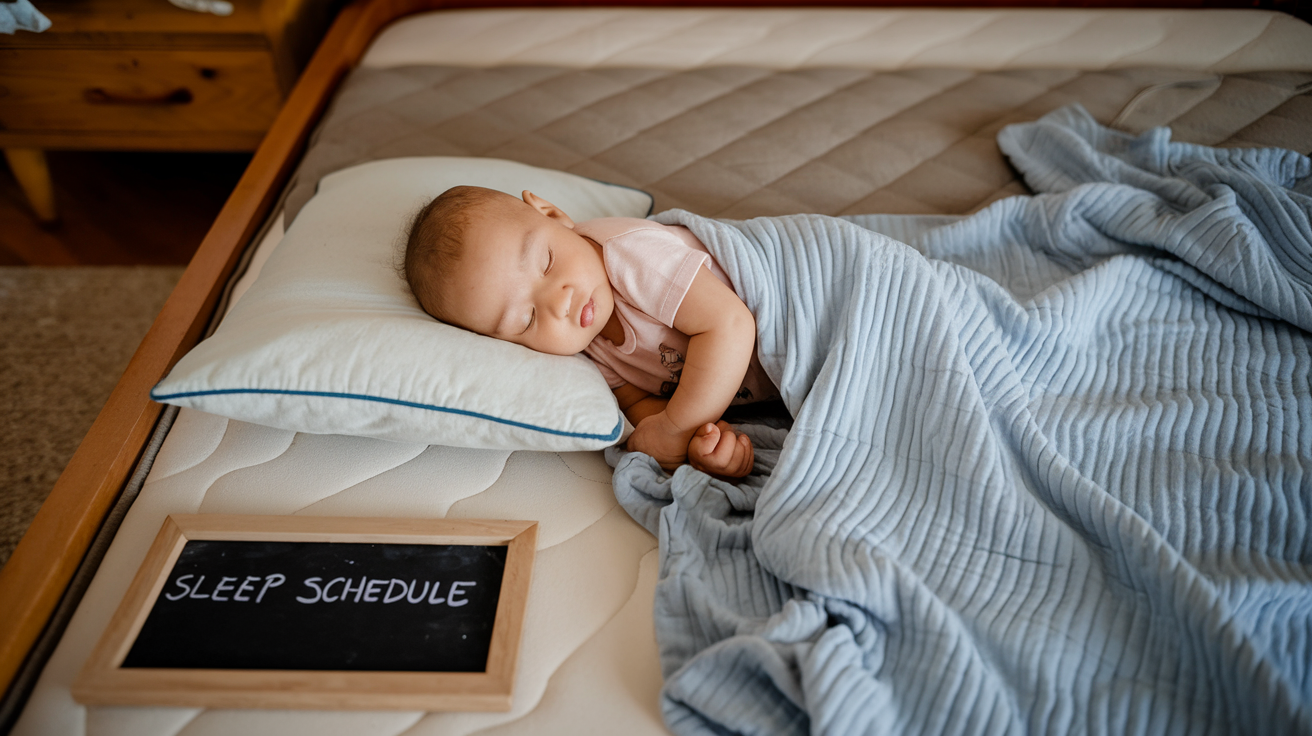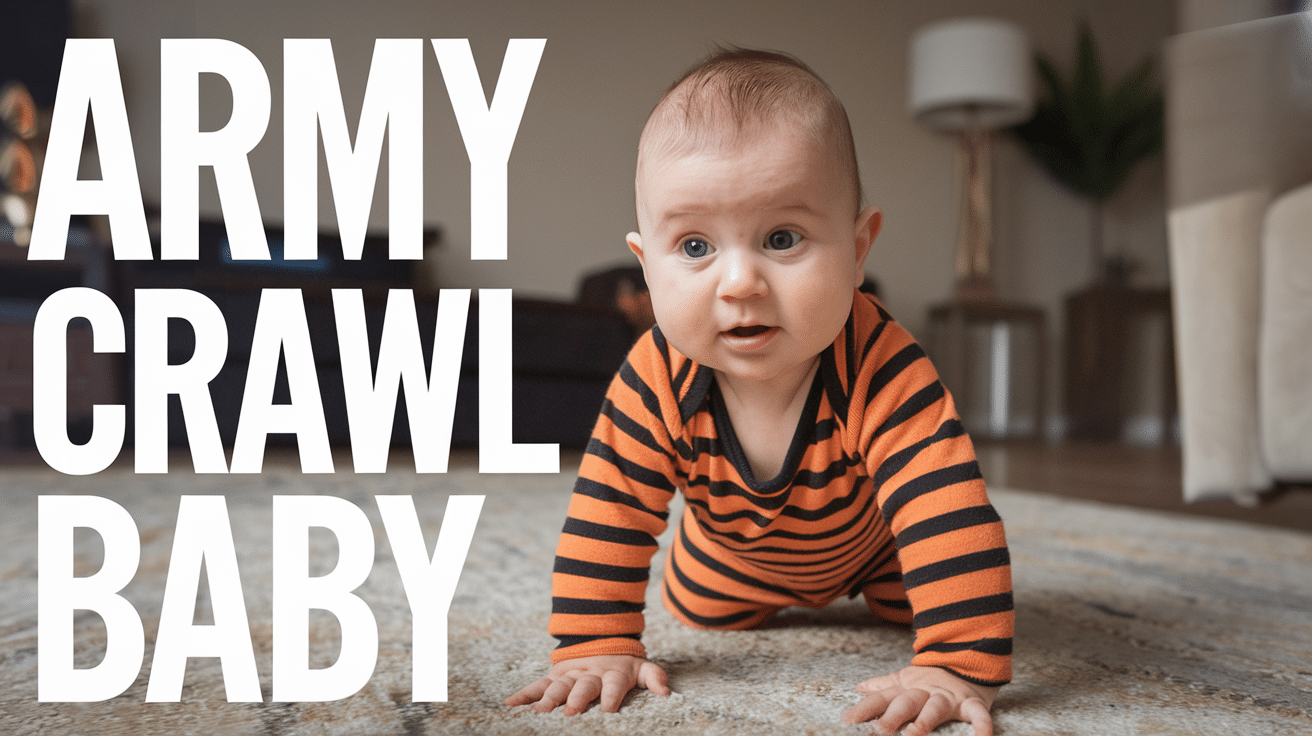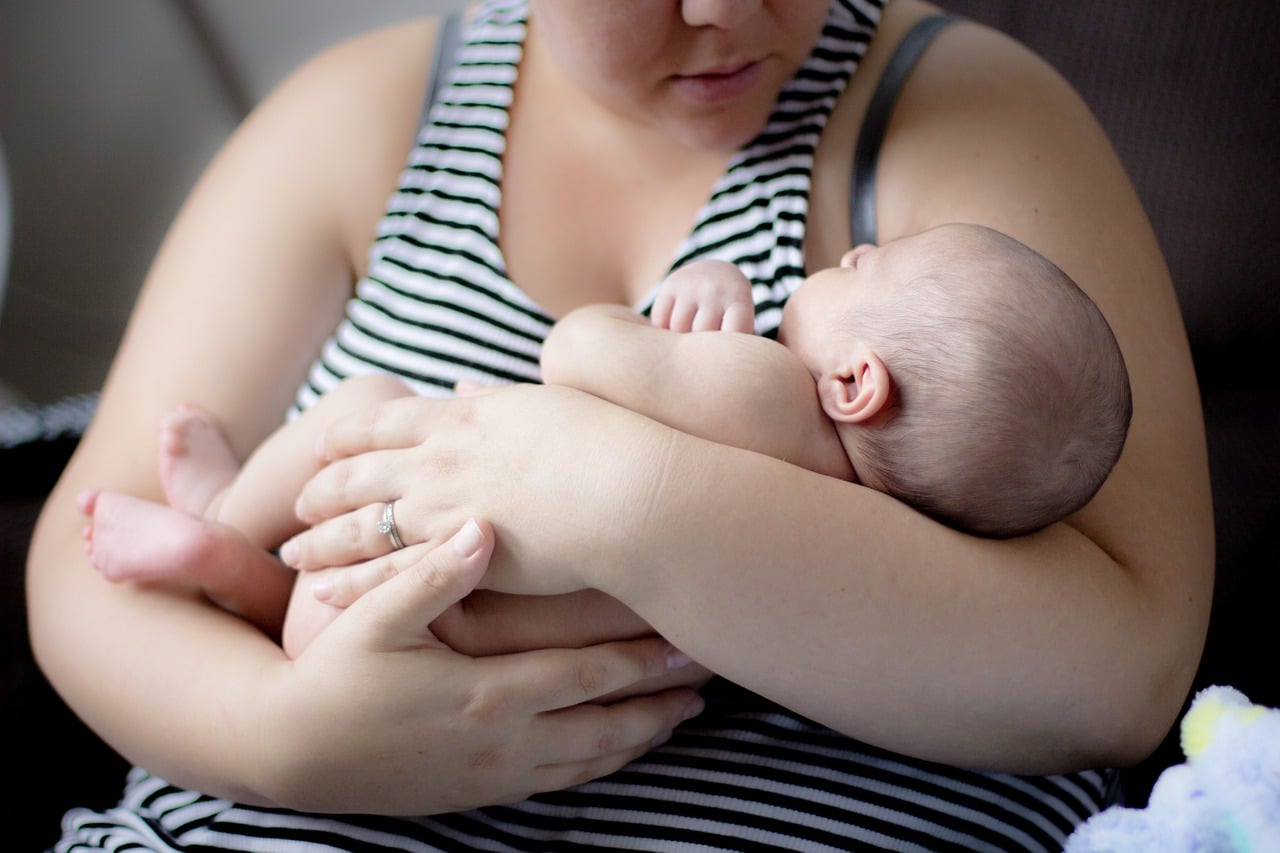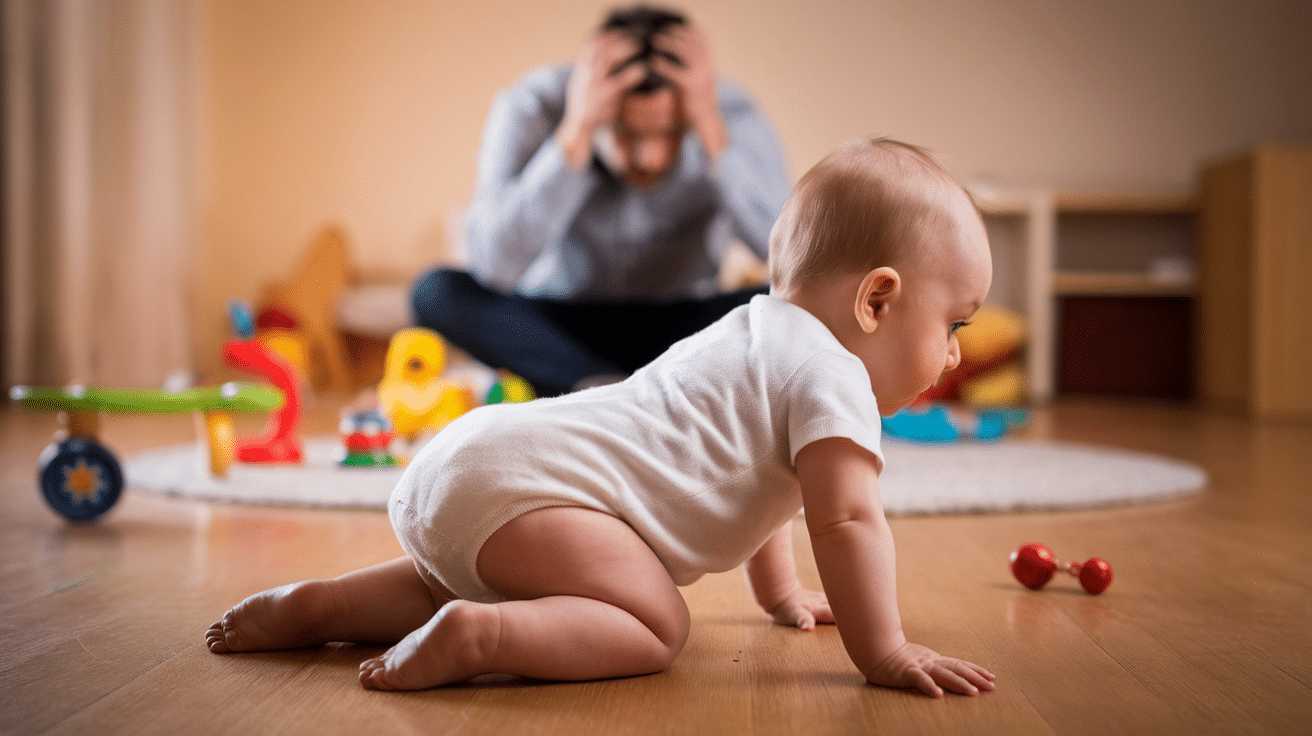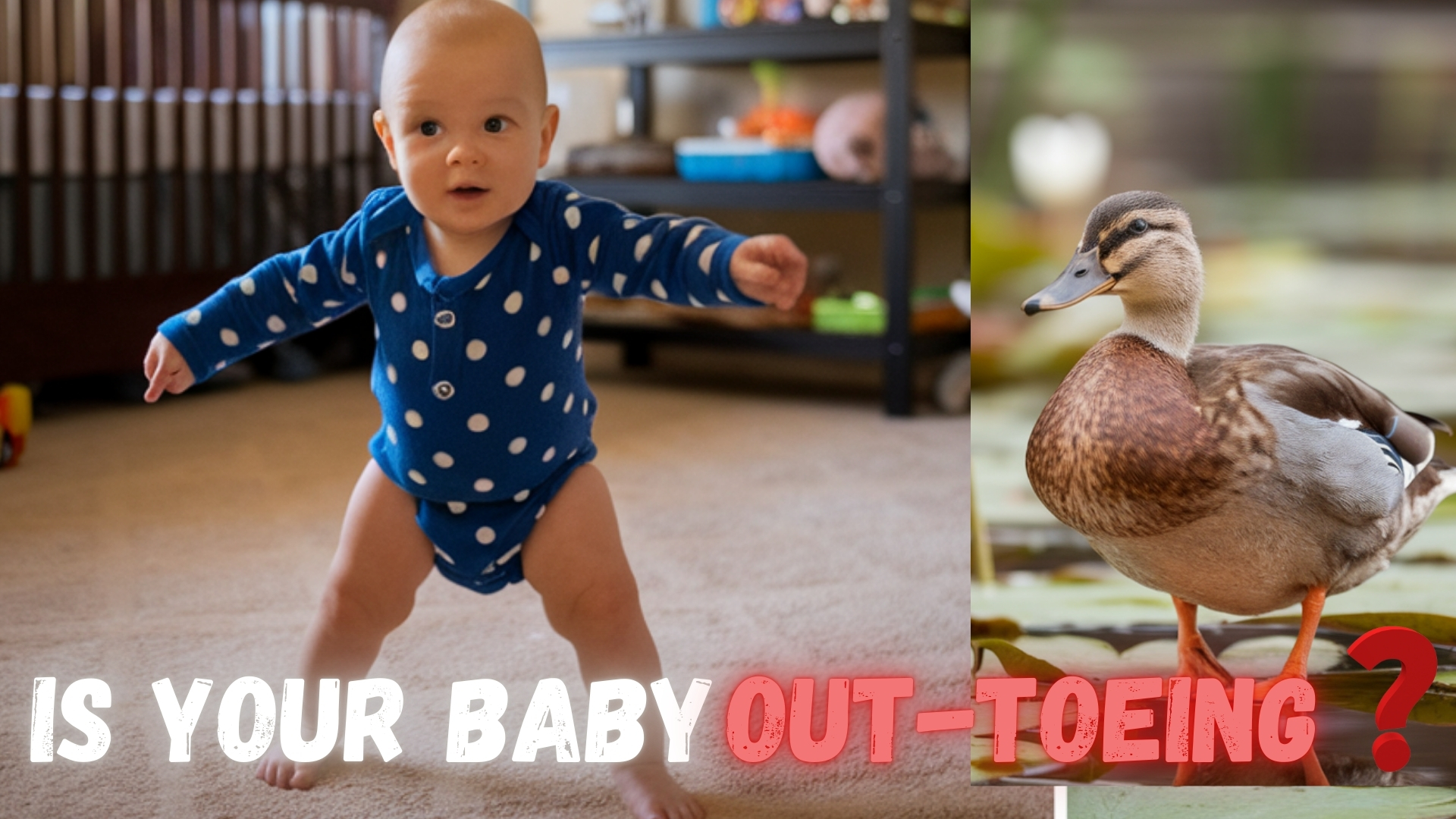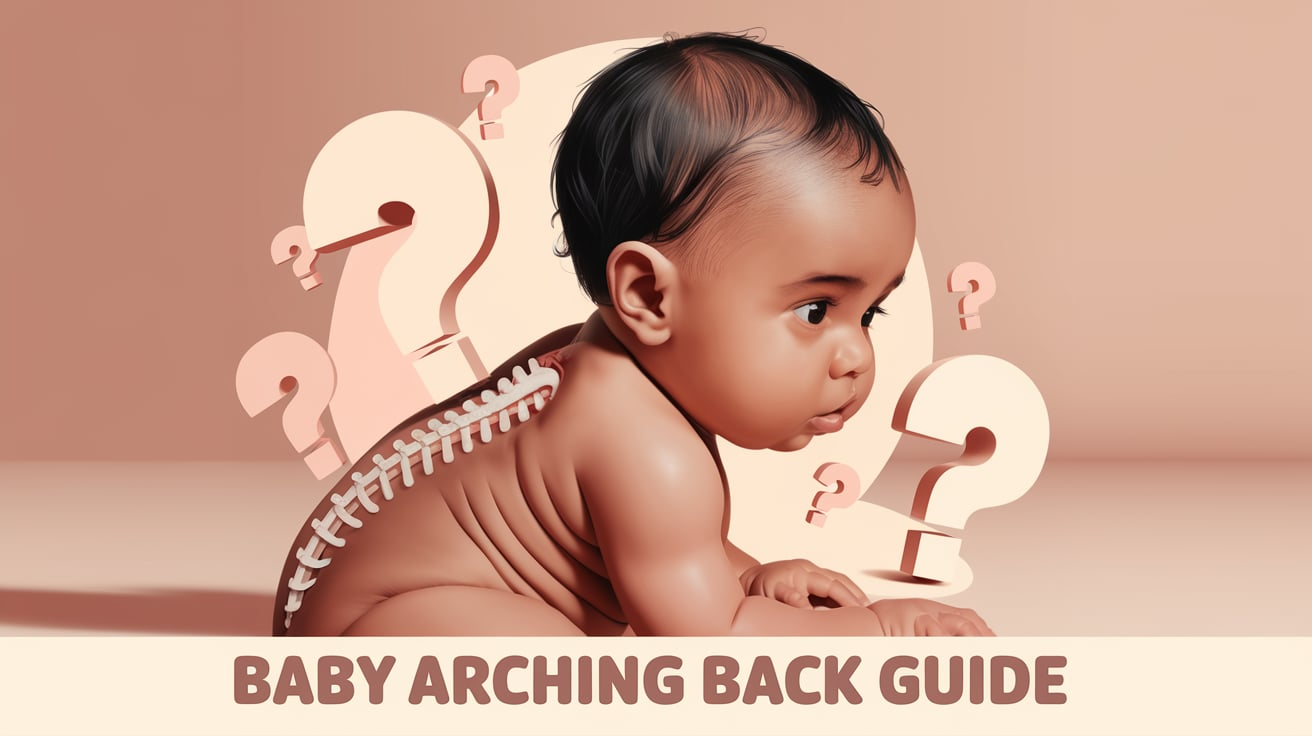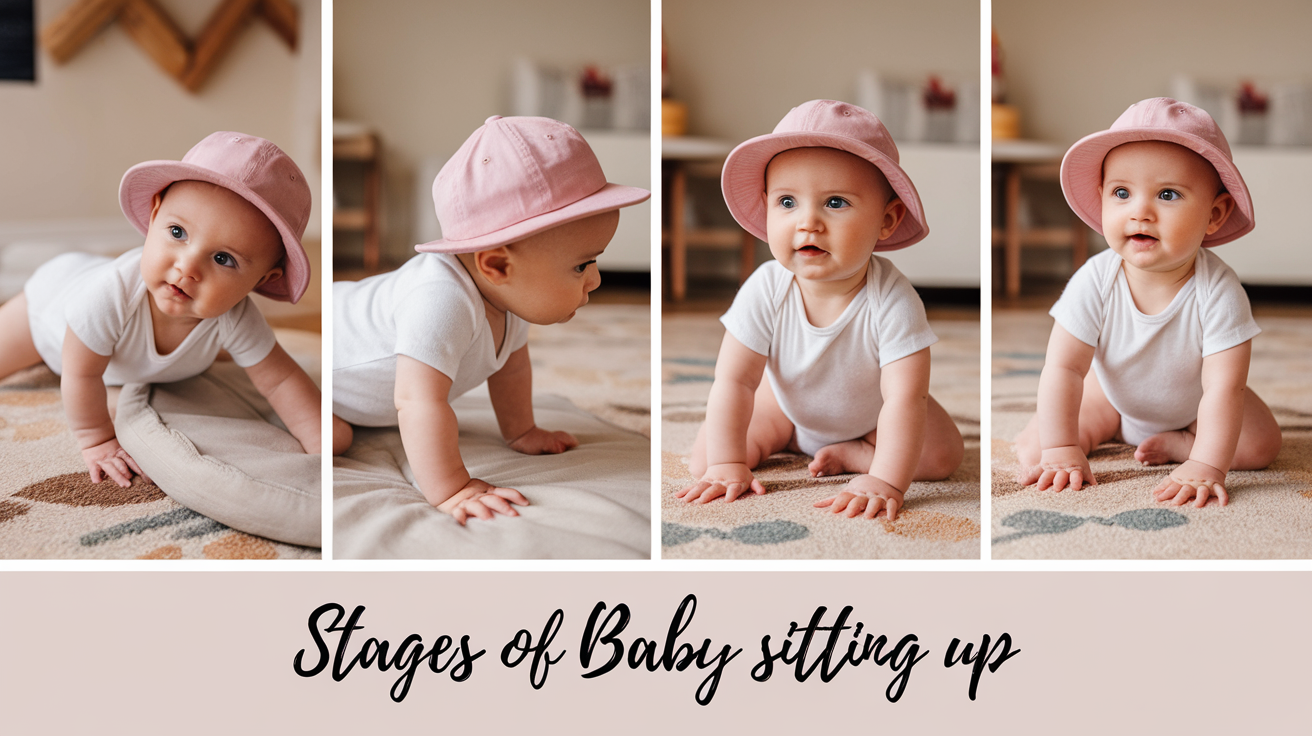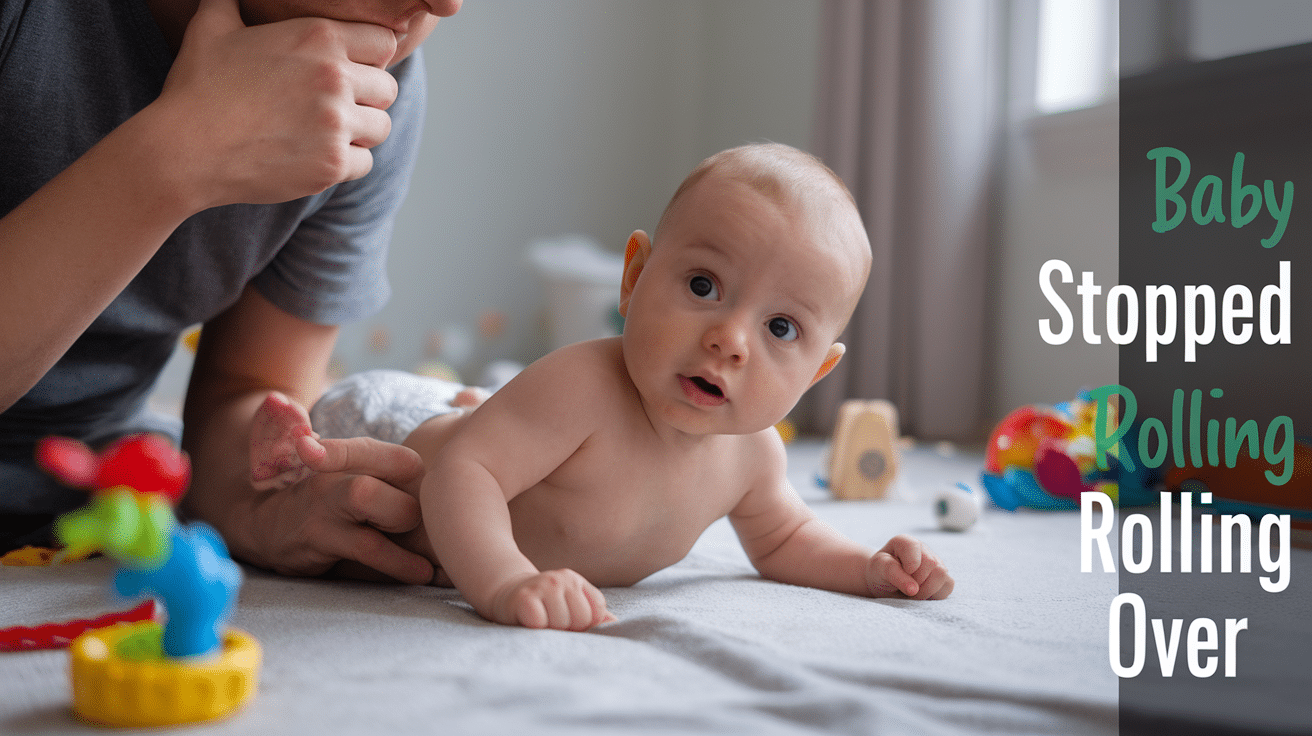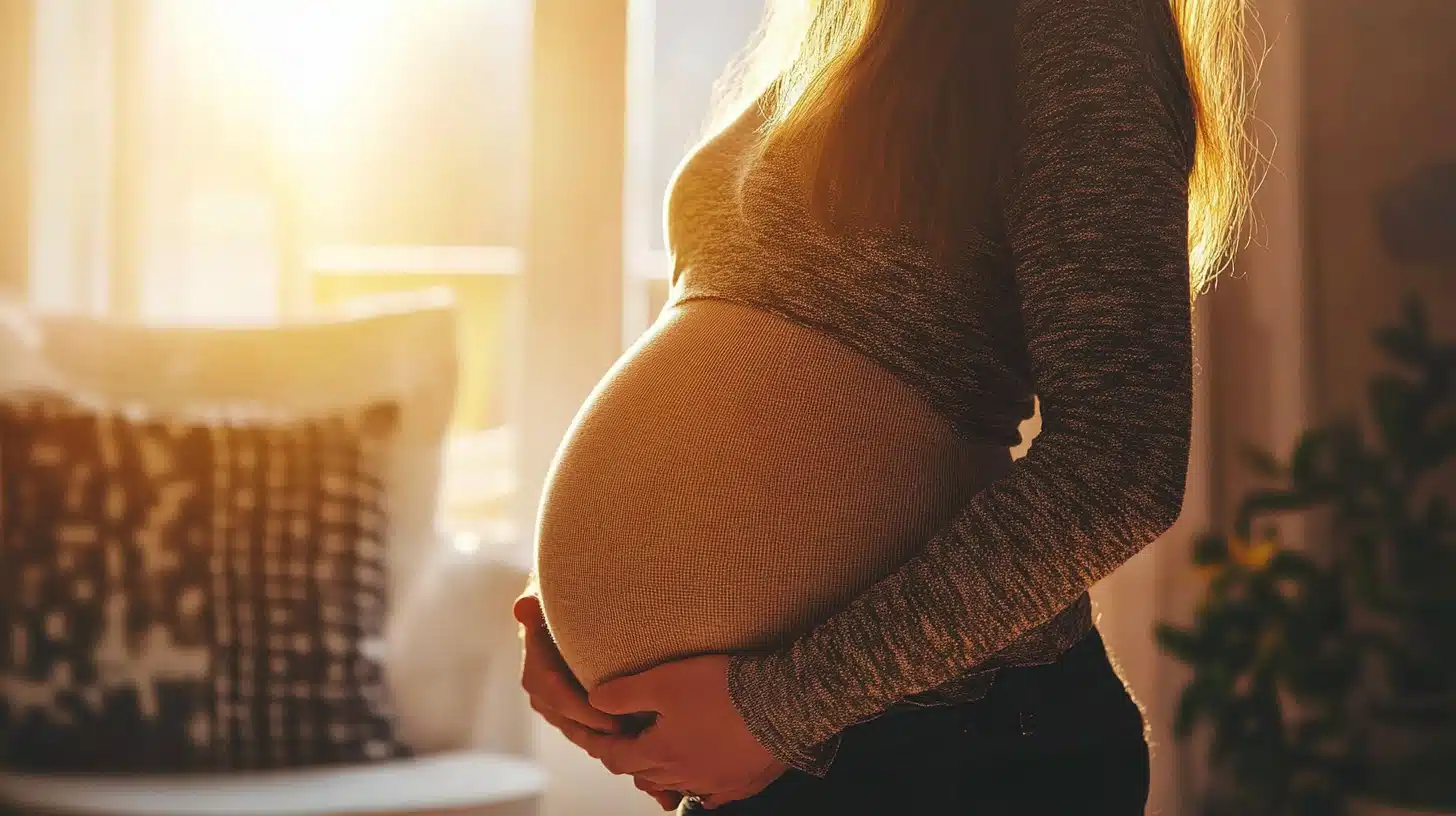
Babies go through many sleep changes during their first year. One big change is moving from two naps to just one nap each day. This usually happens after your baby ages from months to years.
Knowing when your baby is ready for this change is important for everyone’s well-being. Moving to one nap too early can leave your little one overtired, cranky, and struggling to sleep well at night.
But waiting too long when they’re clearly ready can cause frustrating bedtime battles, early morning wake-ups, and midday fussiness.
We’ll share the clear signs that your baby might be ready to drop that second nap and some helpful tips for making the switch smoothly for both of you.
This transition can be tricky, but with the right timing and approach, you’ll help your growing baby get the rest they need.
Understanding Nap Transitions
Babies usually move from two naps to one nap when they’re between 12 and 18 months old. Most little ones make this big change around 15 months.
But remember, all babies are different! Some might be ready as early as 12 months, while others might need two naps until they’re closer to 18 months.
Your baby will show you when it’s ready—there’s no perfect time that works for every child. Some babies naturally drop a nap earlier, and others need that second nap longer.
Watch your baby’s signals instead of just following what other parents say worked for their children.
This nap change is normal for your baby’s growth, so try not to worry if your little one seems ready earlier or later than expected.
How Nap Transitions Will Affect Your Baby?

When your baby drops to one nap, you’ll notice several changes.
On the positive side, you’ll have more flexibility in your day. There’s a longer stretch for morning activities like playdates or classes. Many babies also sleep longer during their single nap, giving you more time to yourself.
However, there are some challenges, too. Your baby might be cranky before adjusting to the new schedule.
Bedtime might temporarily become earlier as they get used to being awake longer. Some babies fight the transition, causing short naps or missed naps altogether.
Most parents find that after 2-3 weeks, their baby adjusts well to the single nap routine, and everyone benefits from the more predictable schedule.
Top Signs Your Baby Is Ready to Drop to One Nap
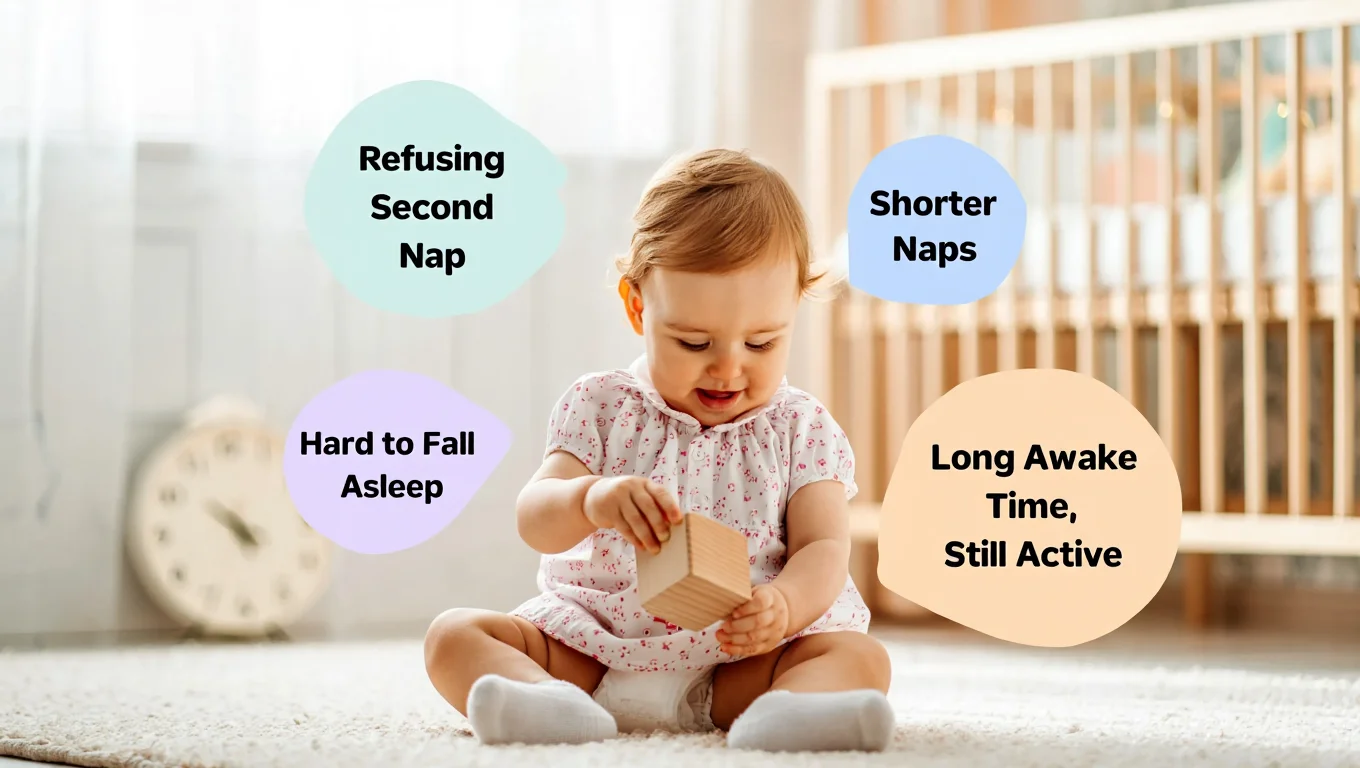
The transition from two naps to one nap is a significant milestone in your baby’s development. This natural change can sometimes be challenging for parents to identify.
Here are the key indicators that your little one might be ready to make this important sleep schedule adjustment.
1. Consistently Refusing the Second Nap
If your baby fights the afternoon nap even though they seem tired, it’s a strong sign they’re ready for a change. When this happens almost every day for two weeks or more, your baby might be telling you they need a new nap schedule.
2. Difficulty Falling Asleep for Naps
When your baby takes more than 30 minutes to fall asleep at nap time, they might not be tired enough for two naps anymore. This happens because their sleep needs change as they grow.
3. Shortening of Nap Durations
Watch for naps that suddenly become much shorter than normal, especially that second afternoon nap. This happens because your baby is starting to save more sleep for one longer nap and nighttime.
4. Extended Awake Periods Without Signs of Fatigue
A baby who can happily stay awake for 4-5 hours without getting cranky is showing readiness for one nap. This is a clear sign their body is maturing and they can handle being awake for longer stretches during the day.
5. Nighttime Sleep Disruptions
If your baby suddenly starts waking up more at night or rising very early in the morning, too much daytime sleep might be the cause. Dropping to one nap often helps solve these nighttime issues.
Tips for a Smooth Transition

Here are some helpful tips to make the change to one nap easier and avoid sleep schedule struggles.
- Gradual Approach: Slowly adjust nap times instead of dropping a nap suddenly.
- Creating a Relaxing Bedtime Routine: Set up calming activities before sleep to help your baby rest better.
- Adjusting Schedules: Move bedtime earlier and change meal times as needed.
- Watch for Tired Signs: Pay attention to when your baby gets sleepy and adjust nap time to match.
- Be Patient. Some days might be harder than others. It can take 2-3 weeks for babies to adjust fully.
- Consistent Wake-Up Time: Keep the morning wake-up time the same each day to help set your baby’s body clock.
- Quiet Time: If your baby won’t nap but needs rest, try a peaceful time with books or soft toys.
- Darken the Room: Make the nap space darker to help your baby sleep longer during their one nap.
Expert Insights on the Transition
Sleep experts agree that most babies are ready to switch to one nap between 12 and 18 months old. Pediatric sleep consultants explain this.
“When babies consistently fight their second nap or take a long time to fall asleep, it’s often a sign they’re ready for the change.”
Child development specialists add, “Watch for shorter morning naps or a baby who seems full of energy during their usual naptime. These are clear signals their sleep needs are changing.”
Parents should know this transition can take 2-3 weeks.
During this time, moving lunch and bedtime earlier can help babies adjust to the new schedule without getting too tired.
Should You Consult a Pediatrician?

Yes, it’s a good idea to talk to a pediatrician if there are any questions about nap changes. Every baby is different, and a doctor can help parents understand what’s best for their child.
If the baby is very fussy, not sleeping well at night, or not growing as expected, it’s important to check in. A pediatrician can rule out any health problems and give tips for a smoother nap routine.
Even if the baby seems ready to drop to one nap, a quick visit can give peace of mind.
Parents don’t have to figure it out alone—getting advice from a doctor is always a safe step when making changes to a baby’s sleep schedule.
Final Thoughts
Moving to one nap is a big step in your baby’s development. Remember that every baby is different, and the timing might not be exactly the same as other babies you know.
Trust your instincts and watch for those key signs discussed above.
The change might take a few weeks before your little one fully adjusts to the new schedule. Be patient and flexible during this time.
Some days might still need an occasional second nap, especially if your baby is sick or had a busy morning.
With some planning and patience, you’ll get through this nap transition smoothly. Soon, you’ll enjoy the freedom that comes with a longer midday nap and more time for morning activities with your growing baby!
If you’re interested in more informational content on mothers and babies, feel free to click here and explore other blogs that you might enjoy!
Frequently Asked Questions (FAQs)
How Long Should My Baby’s One Nap Last?
A single nap should usually last between 1.5 to 2.5 hours. This helps your baby stay well-rested and avoid becoming overtired by bedtime.
What if My Baby Skips a Nap but Gets Cranky Later?
Try offering quiet time with soft toys or books. This will give your baby a chance to rest even if they don’t sleep and help prevent overtiredness by the evening.
Can I Switch My Baby to One Nap Too Soon?
No, transitioning too early can cause sleep disruptions or lead to an overtired baby. It’s important to watch for clear signs before making the switch, usually after 12 to 18 months.




